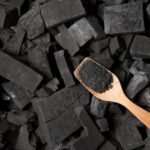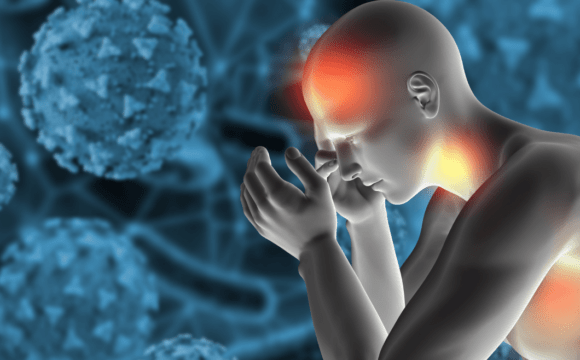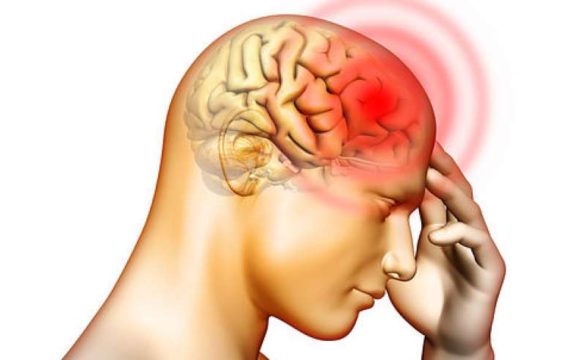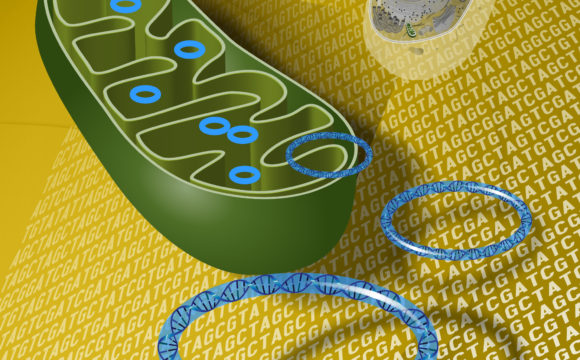Canine cognitive dysfunction (CCD) is a disease affecting dogs and cats and is characterized by rapidly declining cognitive & motor functions and strong behavioral changes like not responding to a call, staying aloof, abnormal sleeping patterns etc. The disease is diagnosed by ruling out other conditions or factors that may have induced these changes like thyroid disorders, increased secretion of adrenocorticotropic hormone (ACTH), diabetes, or lack of social interaction, separation anxiety, and phobias amongst others. The disease is progressive and irreversible, only symptomatic treatment can be offered via drug like Selegiline, a substituted phenethylamine used for the treatment of severe depression and Parkinson’s disease in humans. What is particularly striking is the pathophysiology of this disease – The protein beta-amyloid accumulation and oxidative stress i.e. imbalance between free reactive oxygen species and body’s ability to neutralize them, a development also observed in Alzheimer’s Disease! Parallels have been drawn between CCD in animals and Alzheimer’s disease (AD) in Humans using animal models to understand the mechanisms of the disease and to improve on measures to inhibit/reverse it. A study published in the Journal of Nutritional Science suggests that an Indian medicinal plant might have potentials to subside CCD and subsequently Alzheimer’s disease.

Beta-amyloid plaque deposition in neurons in AD
Withania somnifera (WS) also known as Ashwagandha (Indian ginseng, Padalsingh (Rajasthan), Poison gooseberry, or Winter cherry) is a perennial shrub which grows about 14 to 30 inches in length. It is cultivated in drier regions of India like Punjab, Gujarat, Kerala, Rajasthan and also in parts of Nepal, China, and Yemen (known as ‘ubab‘). Ancient medical texts have professed its medicinal properties and it has been used in the form of crushed leaves and powder to treat burns & wounds and also, in enhancing memory. Its memory improving capabilities might have been the motivation for Scientists of Indian origin in Canada at Institut national de la recherche scientifique (INRS) to investigate the ability of Ashwagandha to tackle CCD pathophysiology.


Withania somnifera (Indian ginseng)
A standardized extract of the plants was used for cell viability tests and reactive species scavenging tests in the human neuroblastoma cell line SK-N-SH. The acetylcholinesterase activity was estimated in the rat brain to study the neuroprotective activity of the extracts.
The results were promising, it was found that plant extracts significantly protected the cells against Aβ peptide and acrolein, an unsaturated aldehyde that has been shown to be a pollutant in Alzheimer’s brain. The extracts reduced the generation of reactive oxygen species and inhibited the acetylcholinesterase activity, which is known to have an additive effect on AD pathophysiology.
One doubts if inferences from one disease (CCD) should really be extrapolated in human disease (AD)? If so and if the results are reproducible, then ashwagandha may one day find its place in AD therapy. This therapy would definitely be more inexpensive than the conventional treatments. The scientific community, however, would be curious to know the exact molecules of WS which inhibits the AD pathophysiology and the underlying mechanisms behind it.
In conclusion, one is tempted to wonder that in present times where synthetic drugs seemed to have dominated the picture, studies like this remind that the scientific knowledge of the past (in this case Ancient India) may have promising prospects to guide our future.
References:
Singh, M., Ramassamy, C., J Nutr Sci (2017) 6:e54
Image courtesy:
madeira-orchid.eu
Health.harvard.edu









